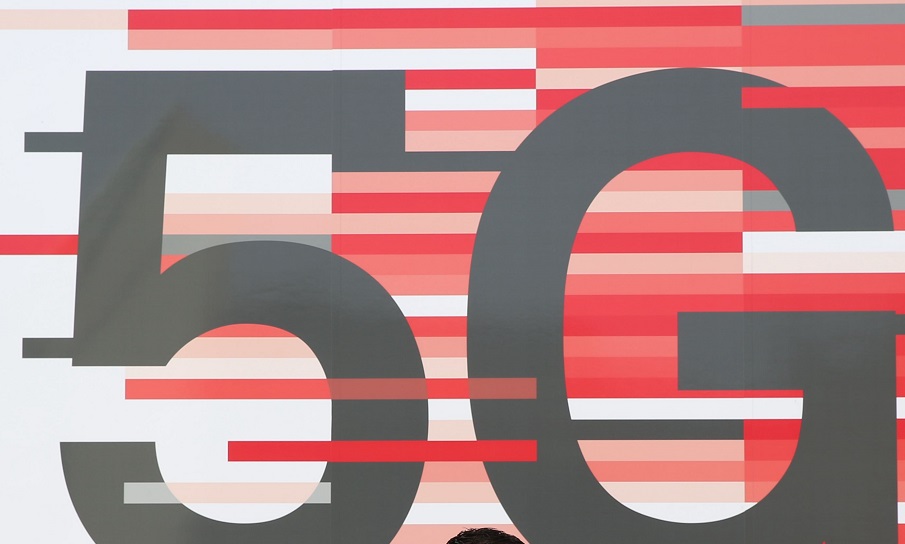Elisa sells first 5G phone in Norden
Published : 14 Jul 2019, 18:36
Updated : 15 Jul 2019, 02:12
Telecom company Elisa announced the sale of the first 5G phone in the Nordic countries.
The owner of the first 5G phone is a resident of Tampere, where one of the first Elisa 5G networks is located.
“I have always been into cutting-edge technology, and I have often been among the first to buy new devices. I feel wonderful about having the first 5G phone in the Nordic countries. I travel a lot in Finland and abroad, and I often rely on my mobile device for communication on the road. This is why fast connections are essential,” said Harri Hellström.
The phone handed over to the new owner is a ZTE Axon 10 Pro 5G. Elisa is also taking pre-orders on 5G models from Huawei and OnePlus. Deliveries are estimated to begin by the end of July.
“Demand for 5G devices and subscriptions will increase as network coverage expands. 5G will revolutionise the way we use mobile devices beyond anything we have seen during previous technological evolutions. Fully utilising the benefits of a 5G network requires the use of 5G devices, which means demand will inevitably rise. We are continuously developing innovative 5G services and exploring ways of utilising 5G technology,” explains Antti Ihanainen, vice president for consumer subscription business.
Elisa has implemented 5G networks in Turku, Tampere and Jyväskylä. In Helsinki, the network is in the piloting and testing phase, with continuous optimisation taking place in order to ensure a high level of functionality. For users, testing may cause temporary limited network speeds compared to 5G speeds.
5G will increase data transfer capacity by ten times. This means that one 5G base station can serve many more users than is possible in current networks, which enables, for example, fast streaming of large videos. The benefits of 5G are particularly evident in gaming. With the development of mobile and cloud-based gaming, success requires that lag in players’ ability to react and in device functions is kept as short as possible.


